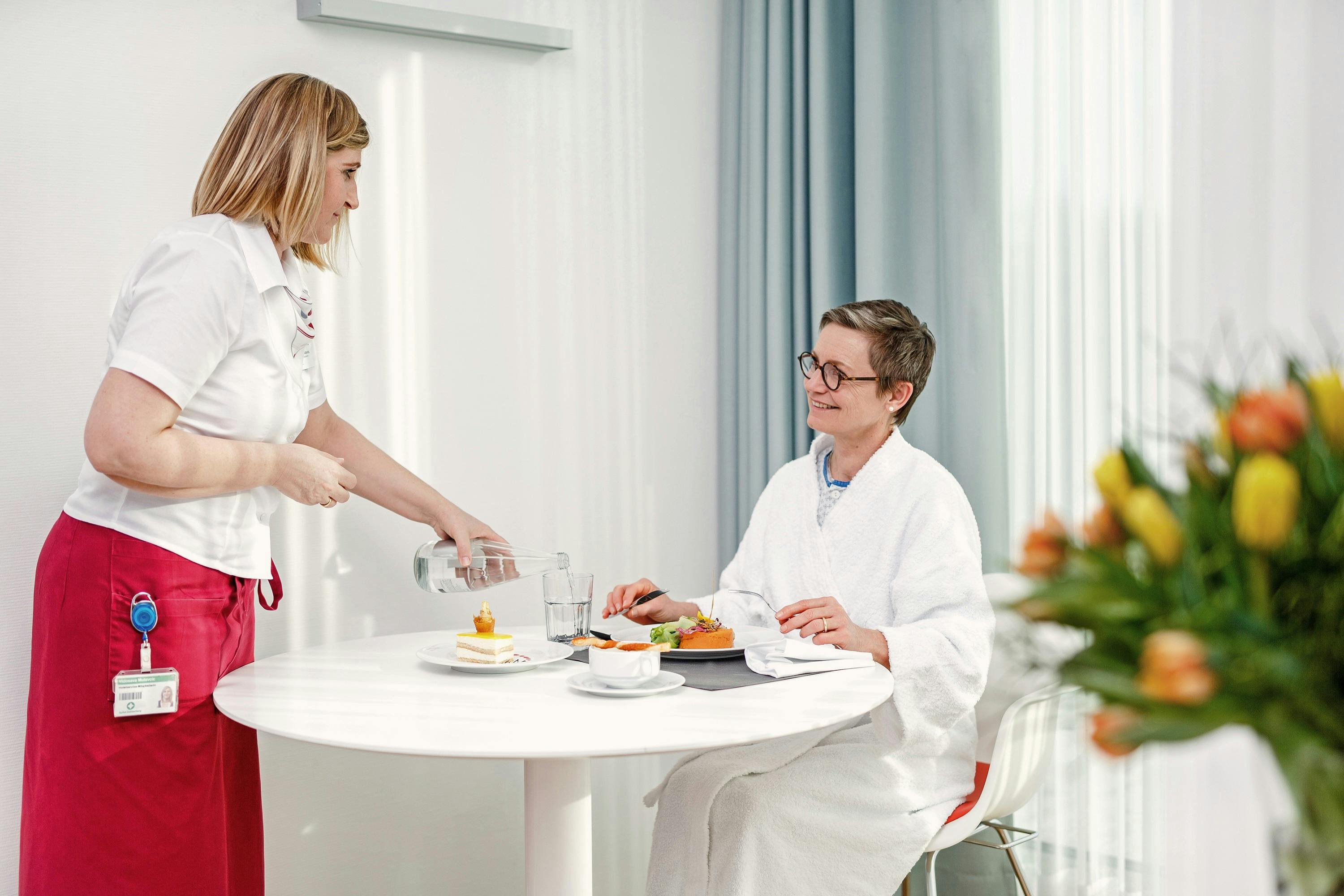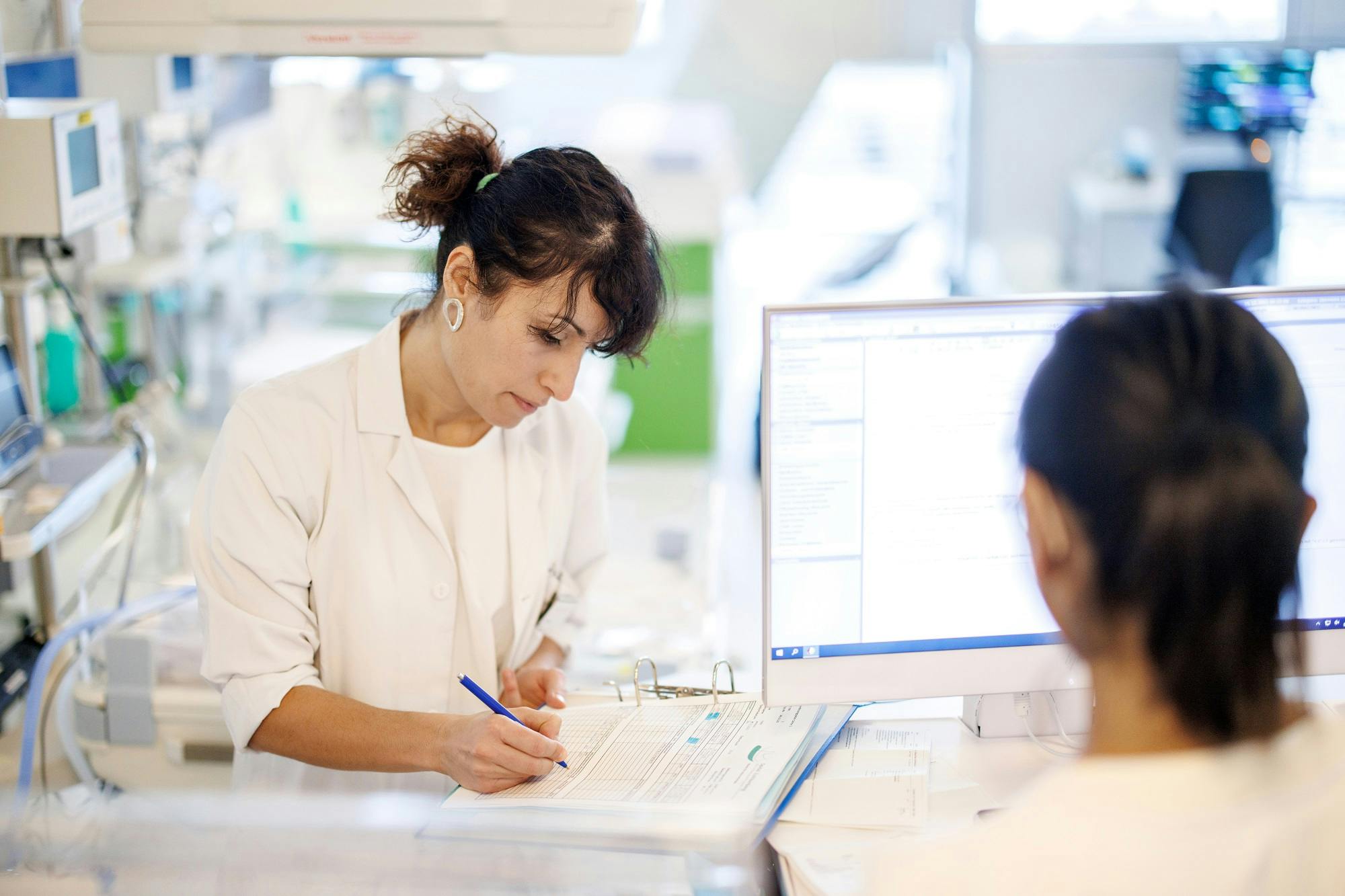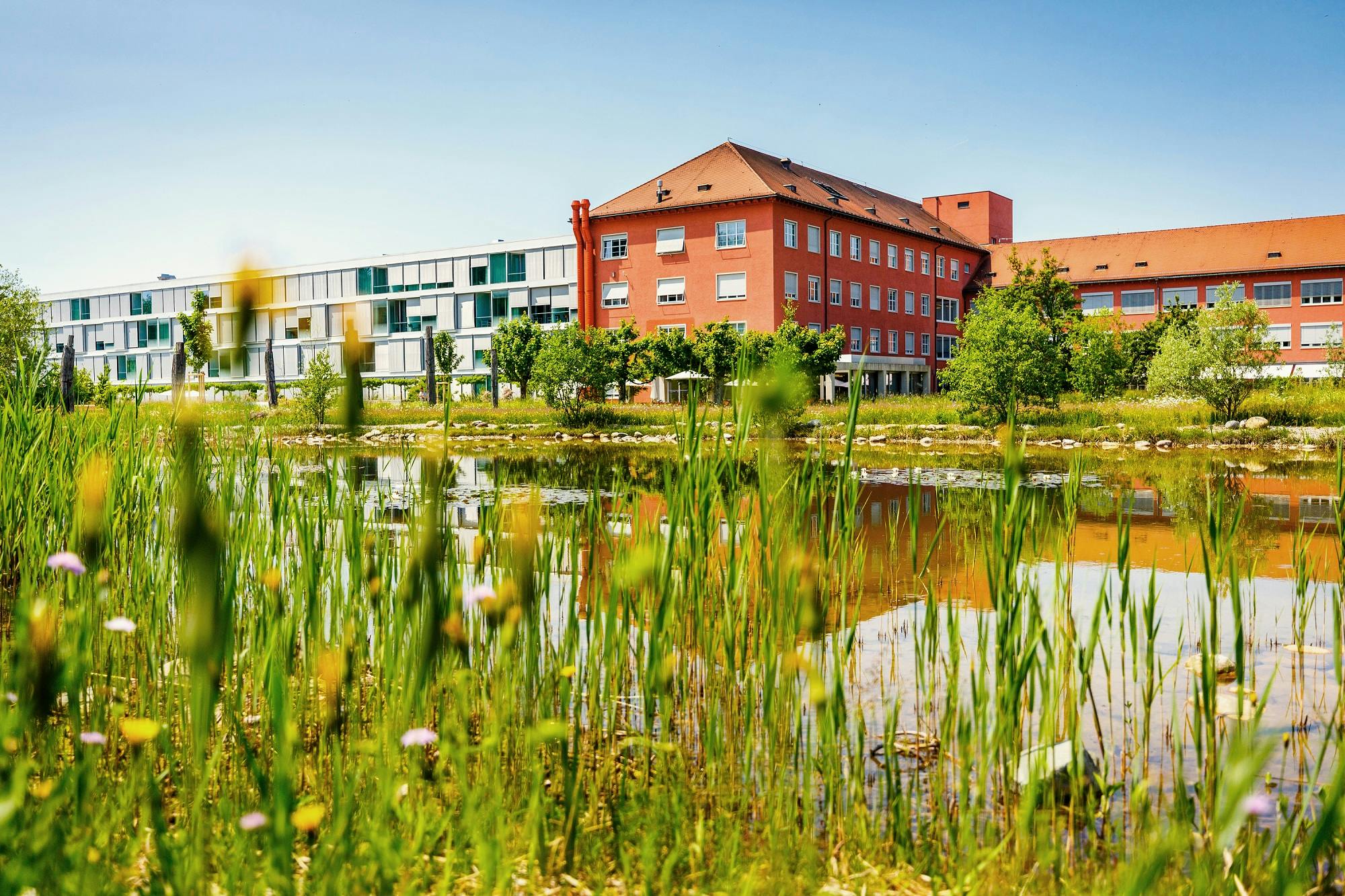BreastCentre Zurich
There are many measures for the prevention and early detection of breast cancer . On this page you will find valuable information, tips and practical instructions.
Prevention of breast cancer
A healthy lifestyle helps to significantly reduce the risk of breast cancer . Here are a few suggestions:
- A balanced, varied and healthy diet protects you. This includes plenty of fruit and vegetables, moderate meat consumption and little sugar. Home-cooked meals are also healthier than ready-made products.
- Regular exercise, not smoking or consuming little or no alcohol also have a positive effect on the risk of breast cancer.
- Avoiding or reducing excess weight also leads to a healthier lifestyle.
Early detection of breast cancer thanks to self-examination
How to recognise breast cancer when you palpate your breasts
We recommend that you briefly examine your breasts once a month, ideally one week after the start of your last period. This self-examination is particularly important before the menopause. This is when the breasts are particularly soft, whereas towards the end of the cycle the glandular tissue swells under the influence of hormones and can therefore appear firmer and sometimes even lumpy.
Carry out the examination in good lighting conditions and in a quiet atmosphere. This works well in the shower or when applying cream, as it is easier to run your hand over wet or creamed skin. Proceed step by step:
- Using the opposite hand, slowly and carefully feel each breast over the entire surface for swellings, lumps or thickenings. Systematically use two fingers for each part of the breast. It is important to feel how the breast feels directly under the skin and in depth. Therefore, apply different amounts of pressure with your fingers.
- Women often have different breast sizes. You should therefore look out for reductions or increases in breast size. Are there any changes in shape, including in the nipple? Sometimes retractions and protrusions occur.
- Look out for skin rashes, redness, thickening and hardening.
- Squeeze the nipple. Are there any secretions?
- Then, with your arm lowered, feel the edge of the pectoral muscle in the direction of the armpit and the armpit.
- Look at the breast from different positions in front of the mirror.
- Ideally, you should now perform all of the above steps again - this time lying down.
Please note: If you are consciously feeling your breasts for the first time, you may be startled. The outwardly smooth tissue can appear lumpy and unfamiliar, especially in young women with pronounced glandular tissue. After the menopause, the breasts often become softer as the glandular tissue recedes and is partially replaced by fatty tissue. The area around the nipple may appear somewhat harder due to dense glandular tissue behind the nipple.
Would you like help with breast cancer detection? Our Breast Care Nurse will be happy to show you how to perform a self-exam. The costs are covered by your health insurance. You can reach us on T +41 44 397 24 88.
Early detection of breast cancer is important
In order to detect breast cancer early, regular medical examinations and mammography (X-ray of the breast) from the age of 50 are crucial. Please note that, unlike other cantons, the canton of Zurich does not invite women aged 50 and over to a screening every two years. It therefore makes sense for you to take the initiative yourself.
Contact / Registration
Monday to Friday:
8.00 - 16.00Standort Spital Zollikerberg
Fachärztezentrum Prisma
Trichtenhauserstrasse 12
8125 Zollikerberg


